At the Diocesan Museum in Milan an exhibition on the Passion in 20th century art, works from the Vatican Museums
Forty works by major Italian 20th-century artists from the Vatican Museums’ Collection of Modern and Contemporary Art interpret the Passion of Christ and document their enduring interest in the theme of the sacred. These are the works featured in the exhibition The Passion. Italian Art of the 20th Century from the Vatican Museums. From Manzù to Guttuso, Casorati to Carrà, scheduled at the Museo Diocesano Carlo Maria Martini in Milan from March 11 to June 5, 2022.
The exhibition, curated by Micol Forti, head of the Vatican Museums’ Collection of Modern and Contemporary Art, and Nadia Righi, director of the Diocesan Museum, represents the new chapter in the collaboration between the Diocesan Museum of Milan and the Vatican Museums, which began in 2018 with the exhibition Gaetano Previati. The Passion and continued in 2020 with Gauguin, Matisse, Chagall. The Passion in French Art from the Vatican Museums, which inaugurated the first of three exhibition events designed for the Easter season and gathered around the title Resurrections of the Gaze. The project documents the innovative force with which 20th-century art addressed sacred themes, in the constant confrontation between tradition, the evolution of linguistic research and the expression of a new spiritual sensibility.
The selected works encompass a wide arc of the Italian twentieth century, dwelling in particular on the period between World War I and World War II, when artists experienced a period of profound reflection on the devastation caused by wartime events and attempted to restart with great creative impetus, seeking to answer the increasingly urgent questions posed by society and the contemporary world.
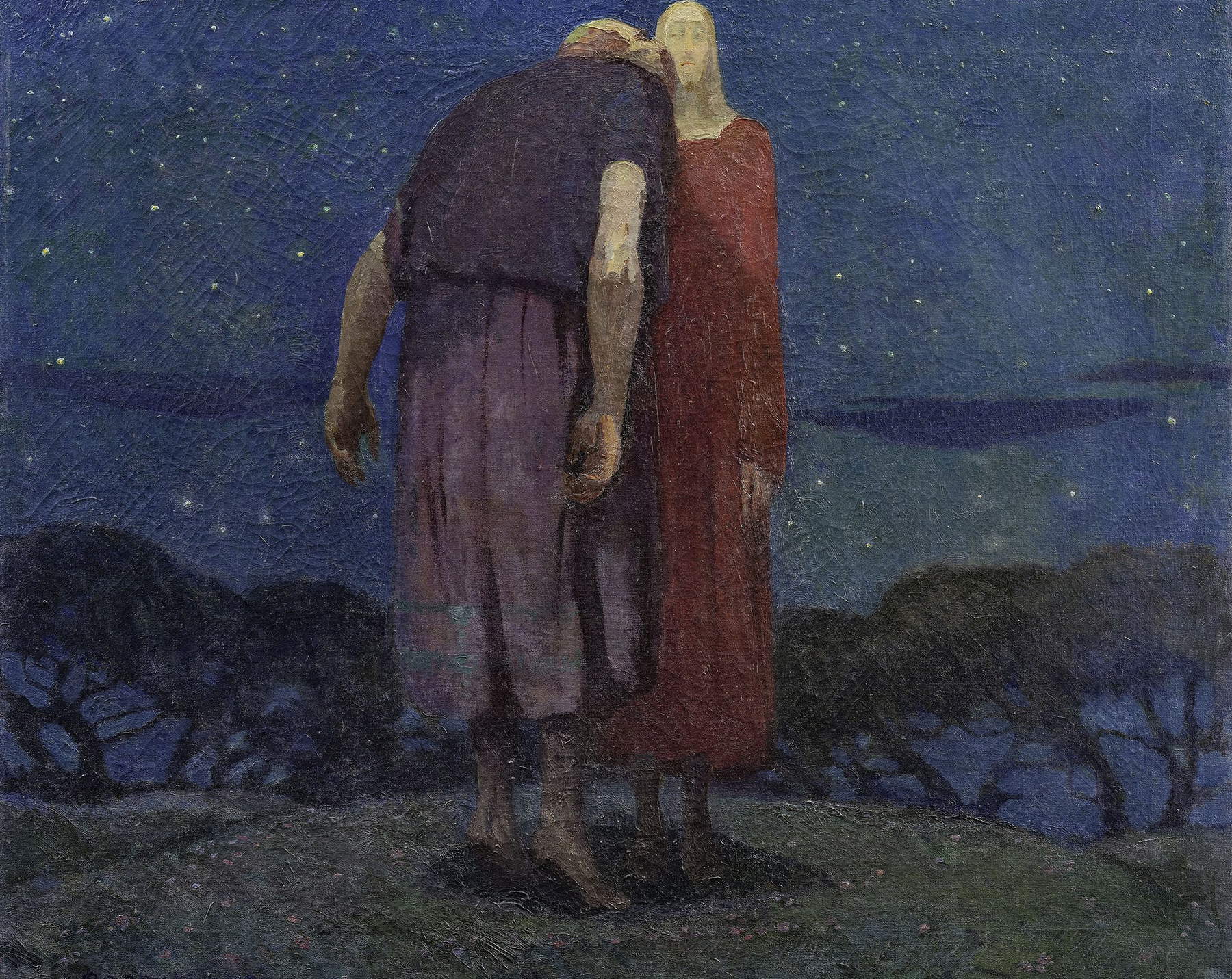
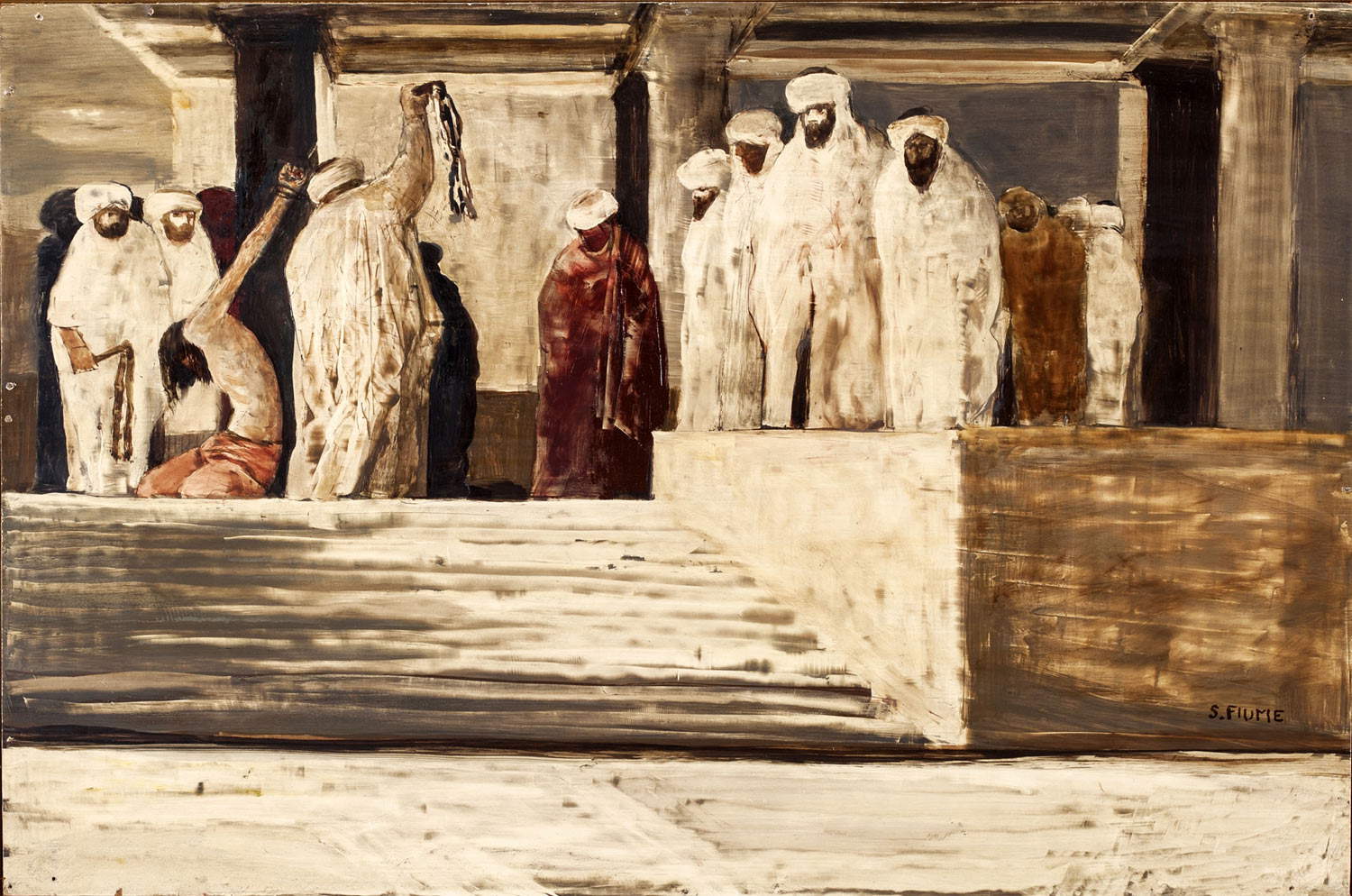
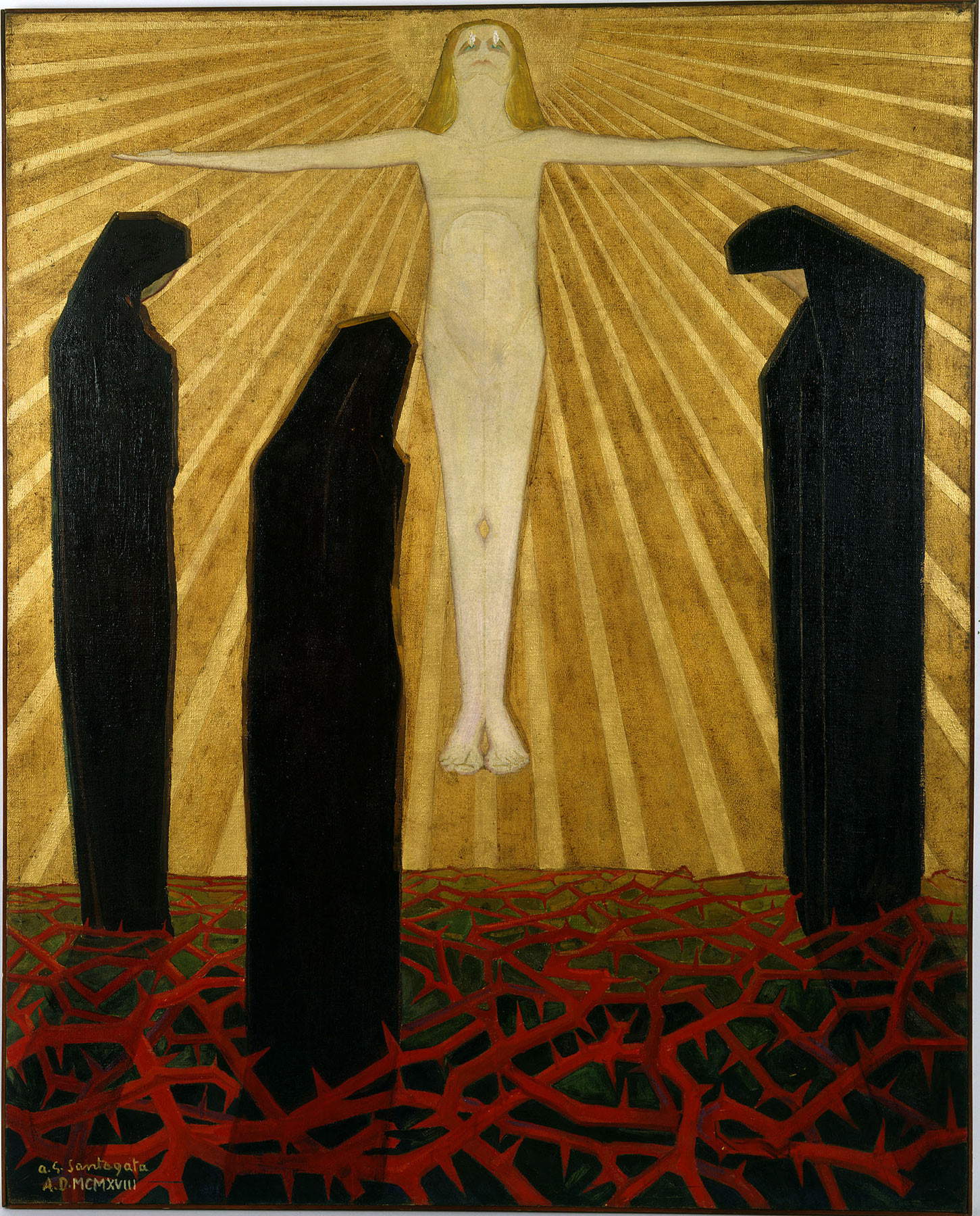
The works in the exhibition
The exhibition presents 40 works by the protagonists of one of the most fertile seasons of Italian contemporary art, such as Felice Casorati, Carlo Carrà, Marino Marini, Ottone Rosai, Renato Guttuso, Fausto Pirandello, Pericle Fazzini, Giacomo Manzù, from the Collection of Contemporary Art of the Vatican Museums, alongside less celebrated names such as Aldo Carpi, Giuseppe Montanari, Antonio Giuseppe Santagata, Felice Carena, and Gerardo Dottori, but equally capable of interpreting the Passion of Christ as a sign of the suffering that has touched all humanity and, at the same time, of considering his Resurrection as hope and rebirth to new life. The result is a choral narrative, testifying to how Italian art, from the early twentieth century until the 1970s, has maintained a constant interest in the sacred and the challenge of renewing and reactivating its meaning in the present. In particular, the themes related to the Passion of Christ have constituted a fundamental ground of exchange and deepening between iconographic, stylistic and narrative aspects.
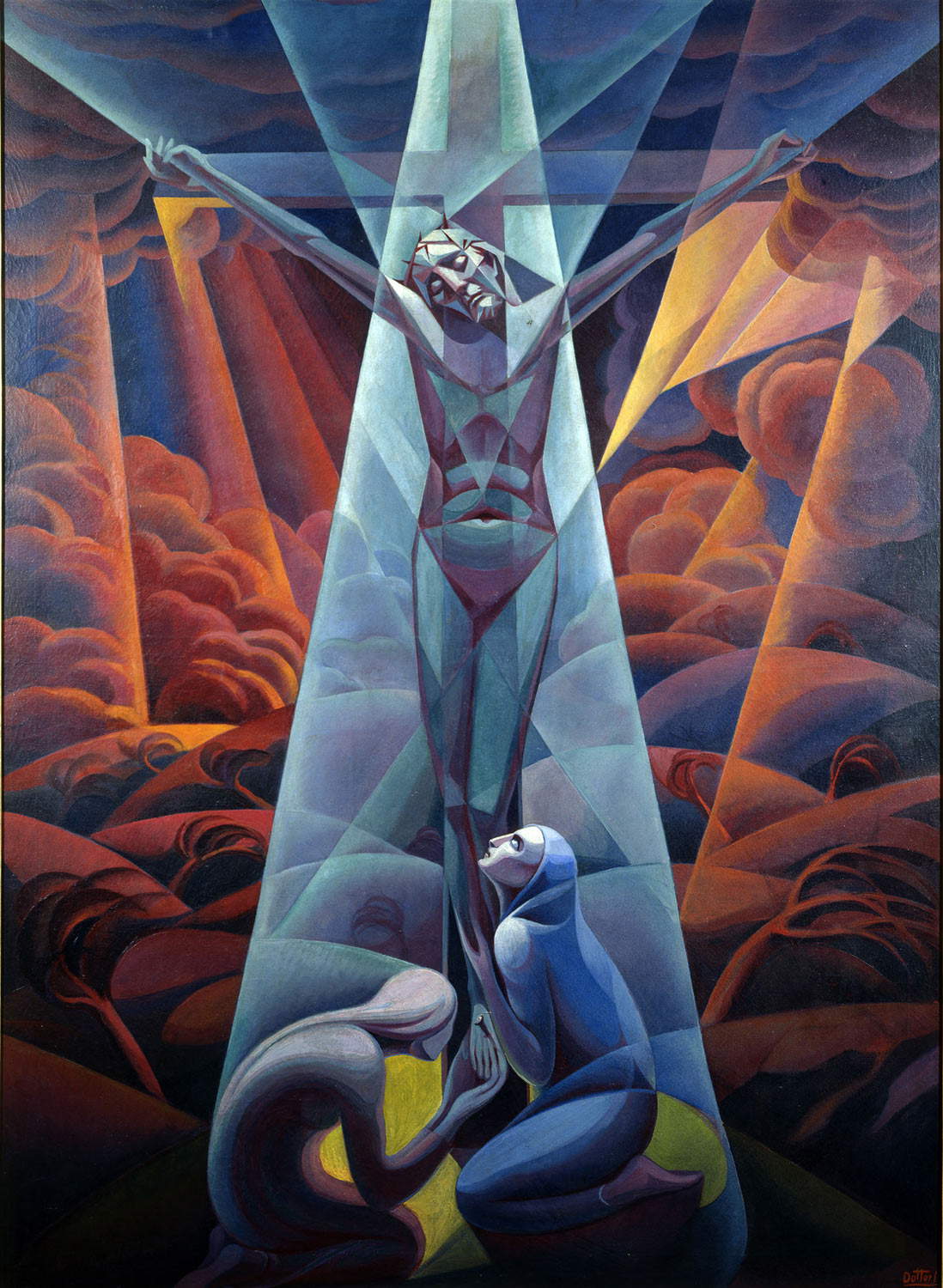
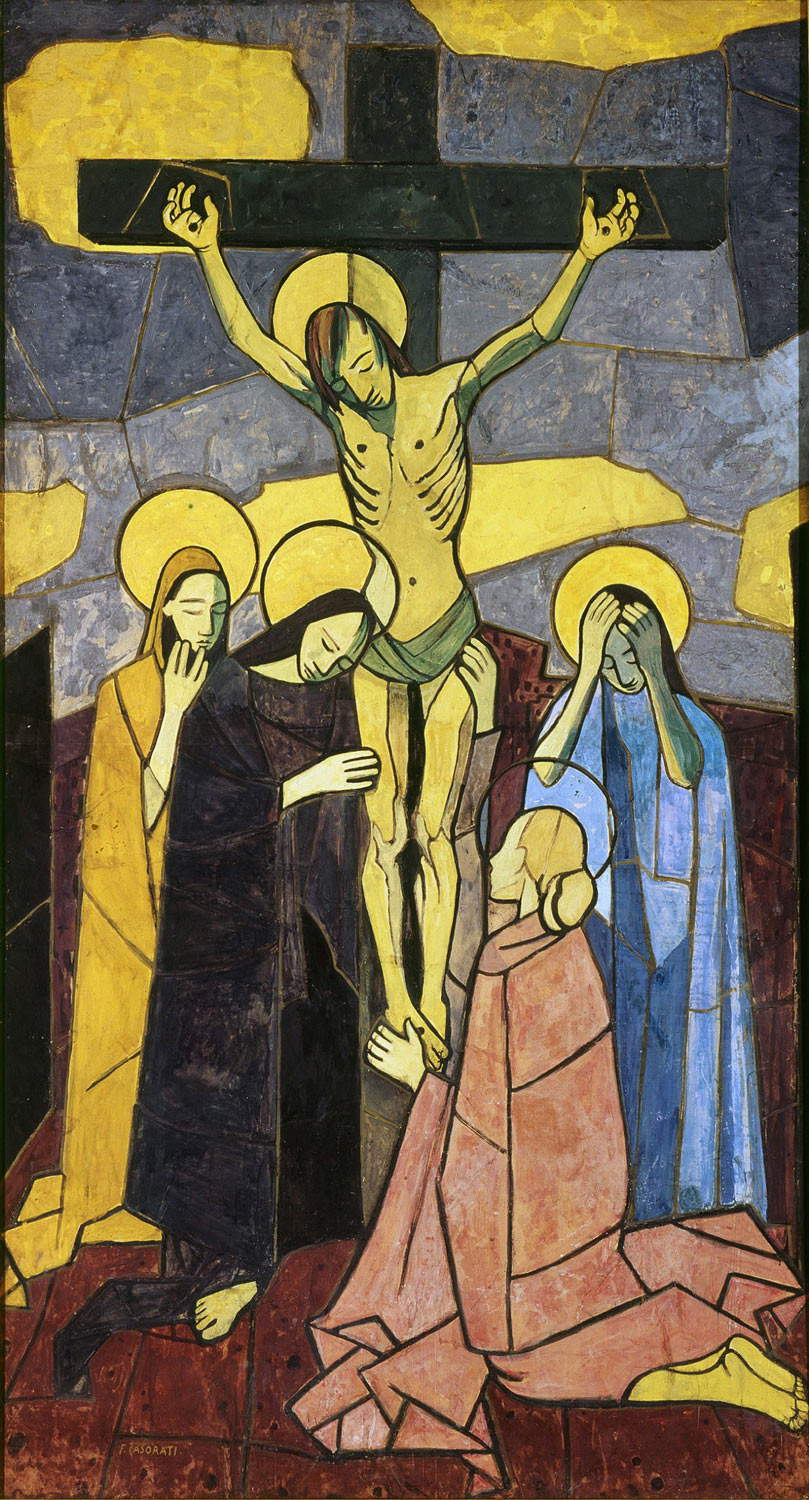
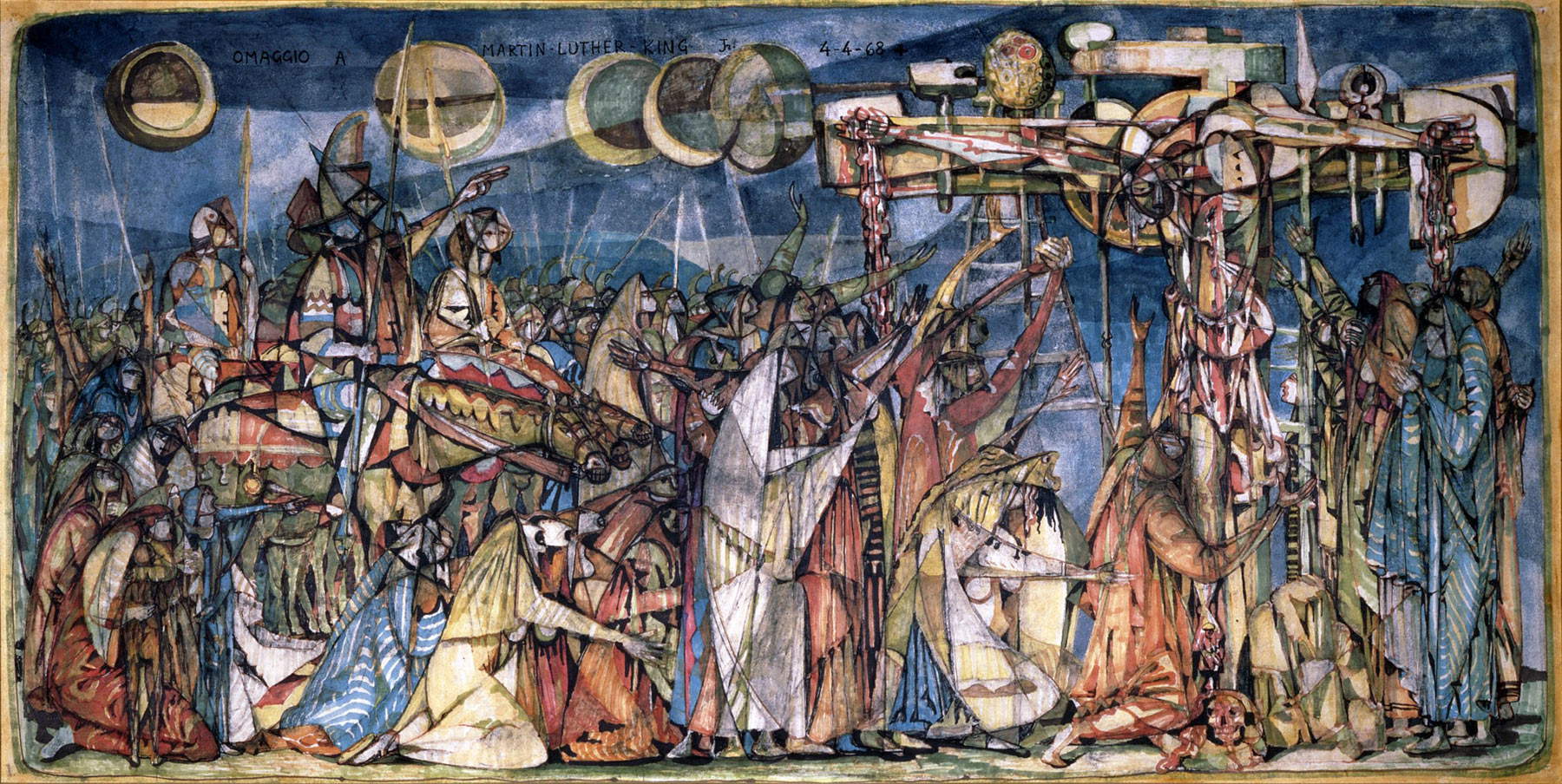
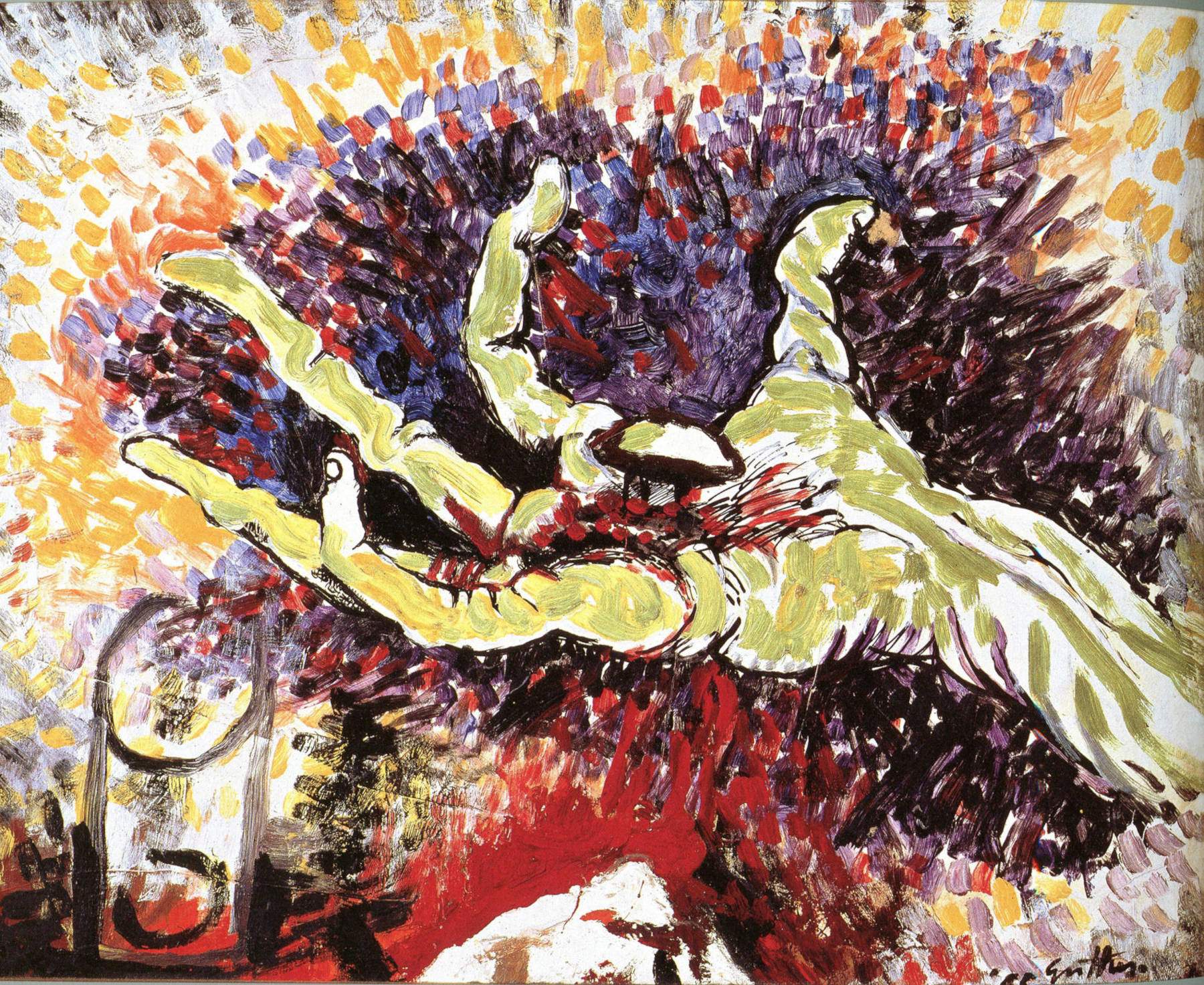
The exhibition itinerary
The central rooms are dedicated to the representation of the Crucifixion, declined in its many technical and interpretative variations, from Gerardo Dottori ’s 1927 canvas, among the first works of Futurist Sacred Art, to Giacomo Manzù ’s bronze Crucifix of 1937, from Marino Marini ’s plaster bas-relief of 1939, to Renato Guttuso’s drawings, preparatory for the large Crucifixion of 1941, to Pericle Fazzini ’s Via Crucis of 1957-1958 for the church of Santa Barbara in San Donato Milanese. The exhibition continues by addressing the theme of the Pieta and the Deposition, through the works of Carla Carrà, Felice Carena, Francesco Messina, and Marino Marini, and closes with a drawing and a bronze sketch by Pericle Fazzini, preparatory to the monumental Resurrection of the Paul VI Hall, intended for papal audiences and inaugurated by Pope Montini himself in 1977.
One section is reserved for the figure of Paul VI and his thoughts on art, particularly contemporary art, and architecture. Here one encounters a selection of preparatory sketches for the Stations of the Cross made between 1960 and 1961 by Guido Strazza for the church in Ponte Lambro, on the southeastern outskirts of Milan. Designed by architect Guido Maffezzoli, this is one of the places of worship included in the plan to build 22 churches for 22 councils, conceived and promoted in 1961 by the then Archbishop of Milan, Giovanni Battista Montini, to respond to the growth of the Lombard capital and to celebrate the opening of the Second Vatican Council.
The exhibition, produced under the patronage of the Lombardy Region, the City of Milan, the Archdiocese of Milan, main sponsor Deloitte, media partner IGP Decaux, is accompanied by a Silvana Editoriale catalog, with texts by Luca Bressan, Micol Forti, Barbara Jatta, Nadia Righi, and José Tolentino de Mendonça; entries by Francesca Boschetti, Matilde Coletti, Livia Ficoroni, Elisabetta Masala, Rosalia Pagliarani, and Gloria Raimondi.
Hours: Tuesday-Sunday, 10 a.m.-6 p.m.; closed Monday
Information: T. +39 02 89420019; www.chiostrisanteustorgio.it @MuseoDiocesanoMilano; @museodiocesanomilano
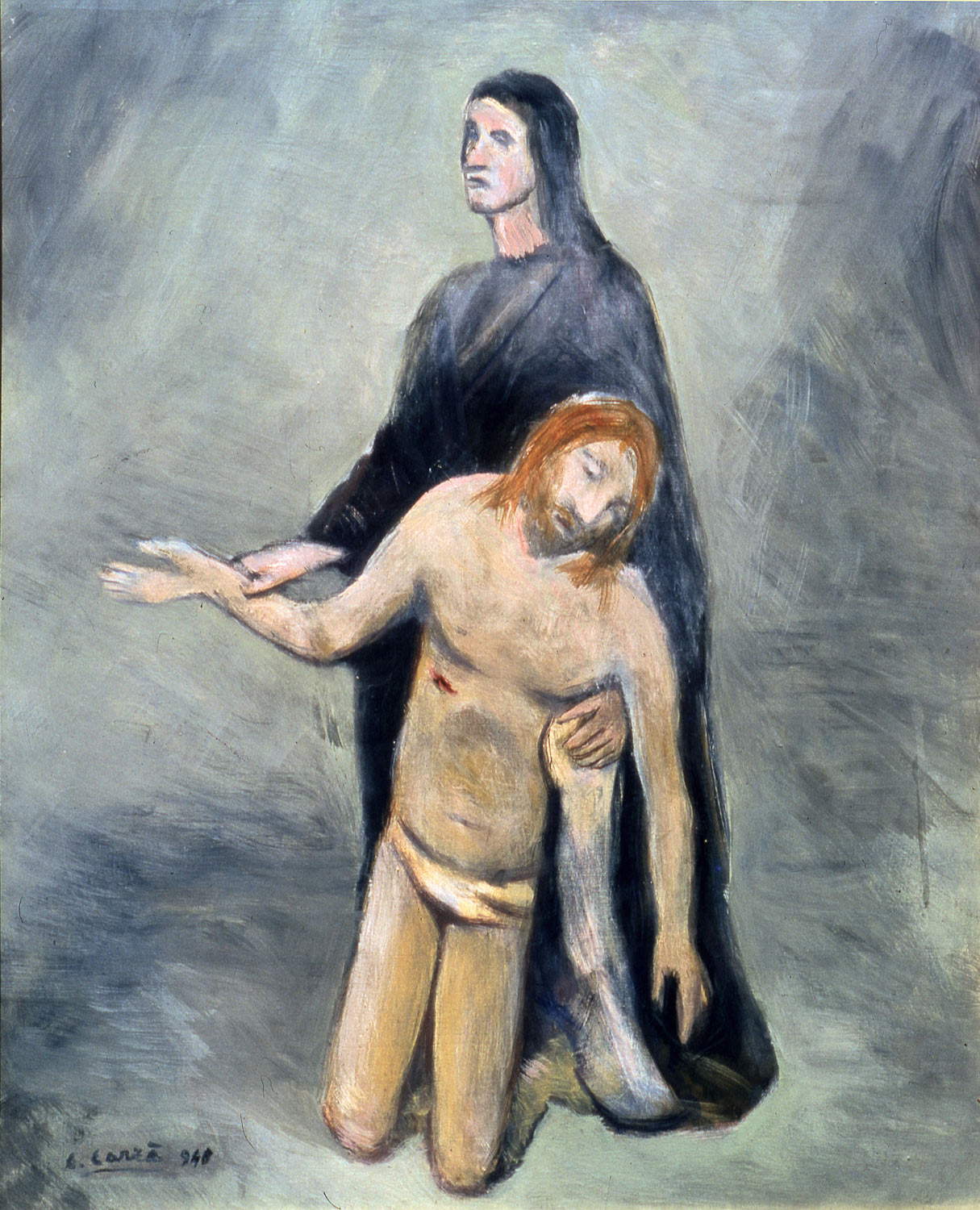

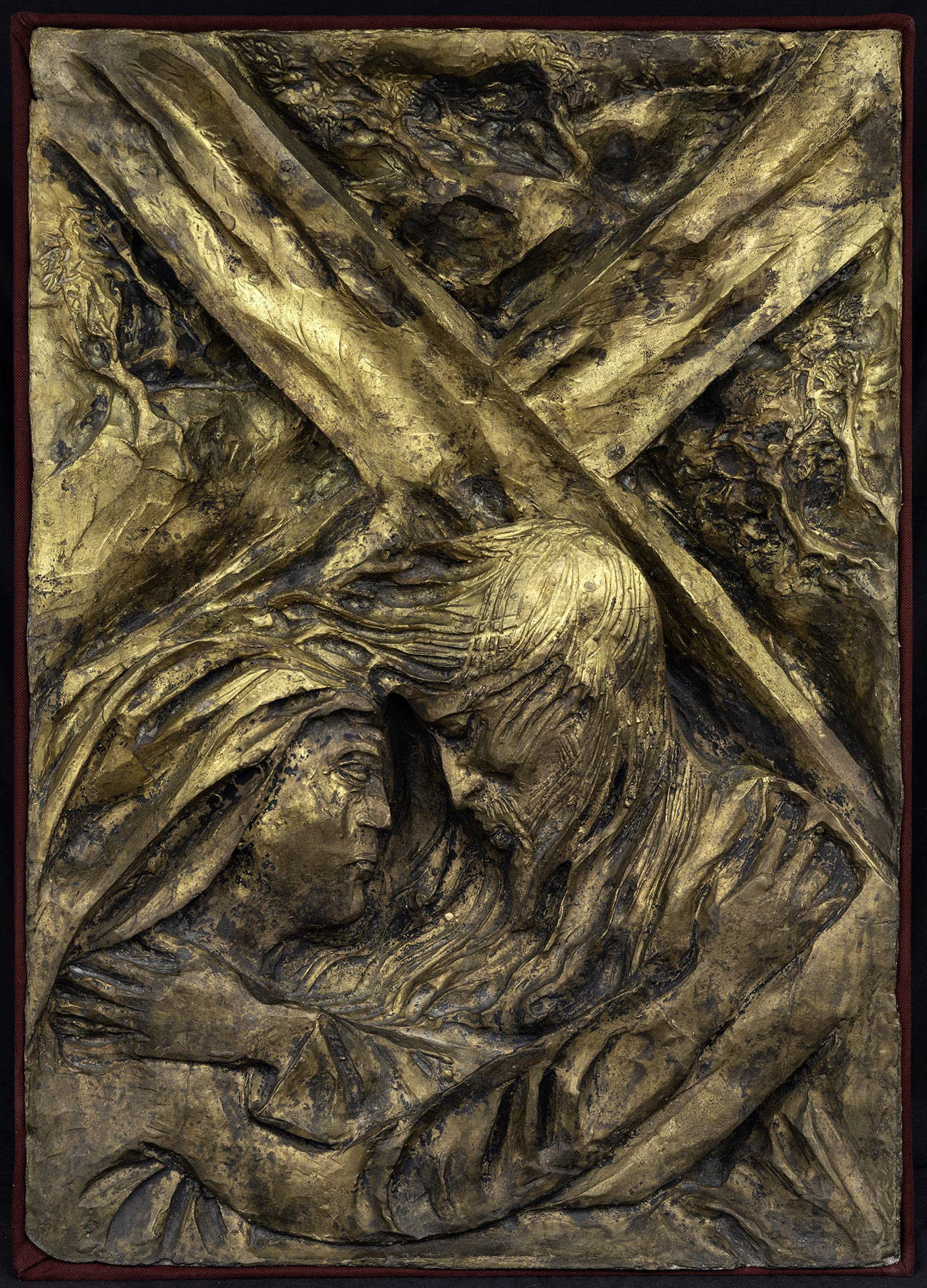
 |
| At the Diocesan Museum in Milan an exhibition on the Passion in 20th century art, works from the Vatican Museums |
Warning: the translation into English of the original Italian article was created using automatic tools. We undertake to review all articles, but we do not guarantee the total absence of inaccuracies in the translation due to the program. You can find the original by clicking on the ITA button. If you find any mistake,please contact us.




























